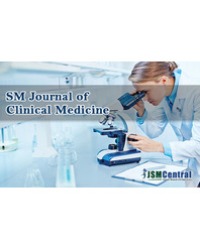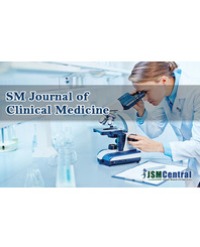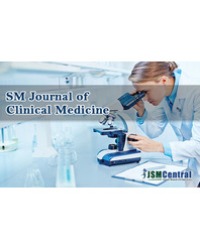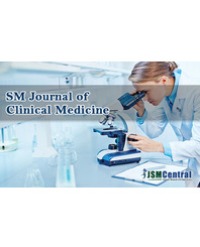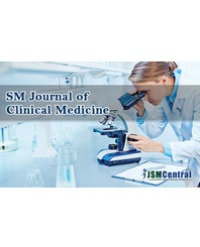
The Beneficial Effect of Apixaban in the Treatment of Heparin-Induced Thrombocytopenia (HIT 2)
This case report illustrates a patient with Heparin-Induced Thrombocytopenia (HIT) who was successfully treated with Apixaban. HIT is an adverse drug reaction induced by treatment with heparin. The optimal anticoagulation strategy remains uncertain. This case presents a patient who developed massive pulmonary embolisms post total knee replacement, she was then treated with low-molecular-weight heparin (LMWH), which lead to bleeding and a critically platelet count drop, indicating serious HIT 2 syndrome. By discontinuation of LMWH and switch to Apixaban in a modified dose regime, we managed to stop the life-threatening complications of LMWH. The platelet count recovered, and the patient survived.
Priya Bhardwaj, Jan Roland Petersen and Gitte Gleerup Fornitz*

